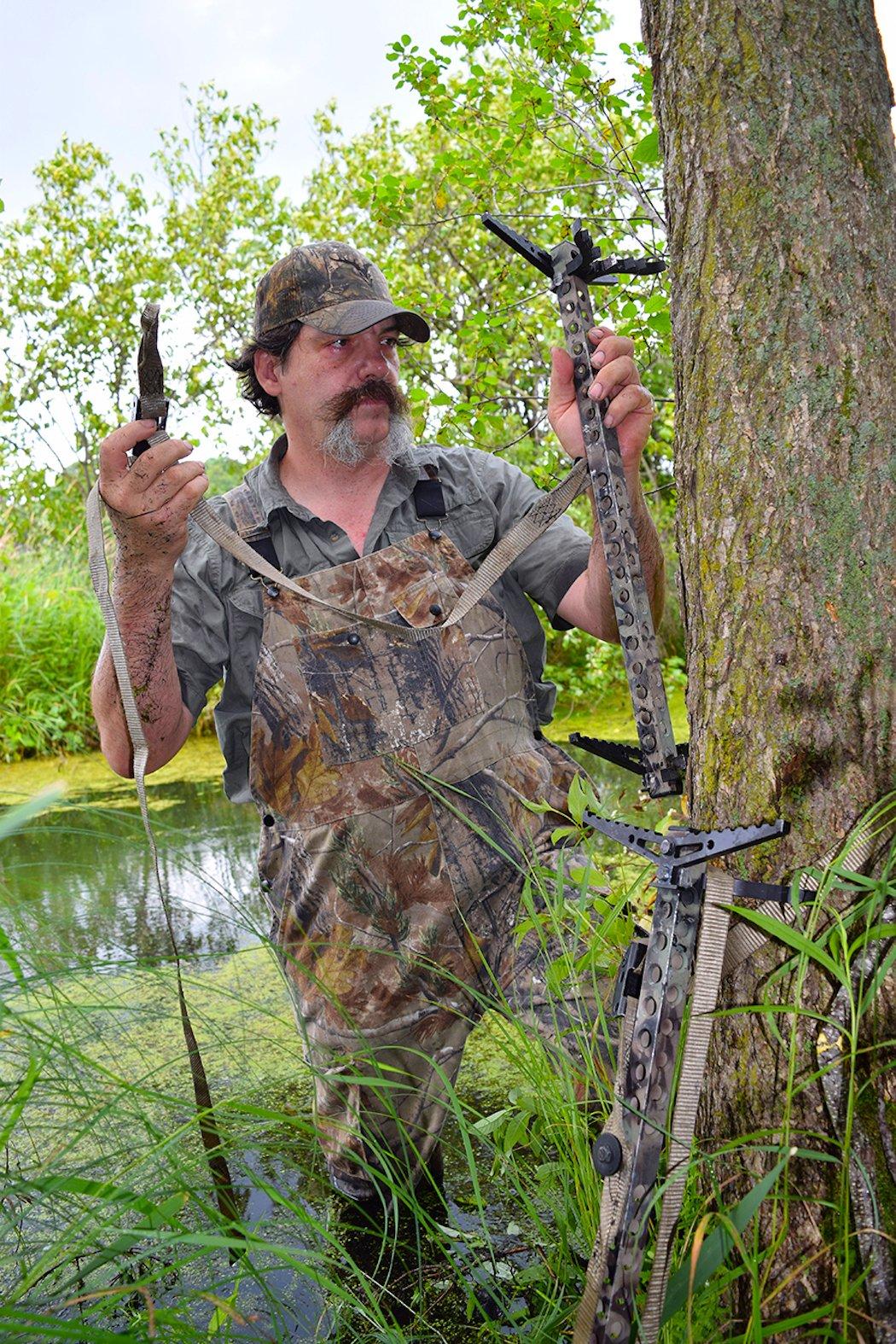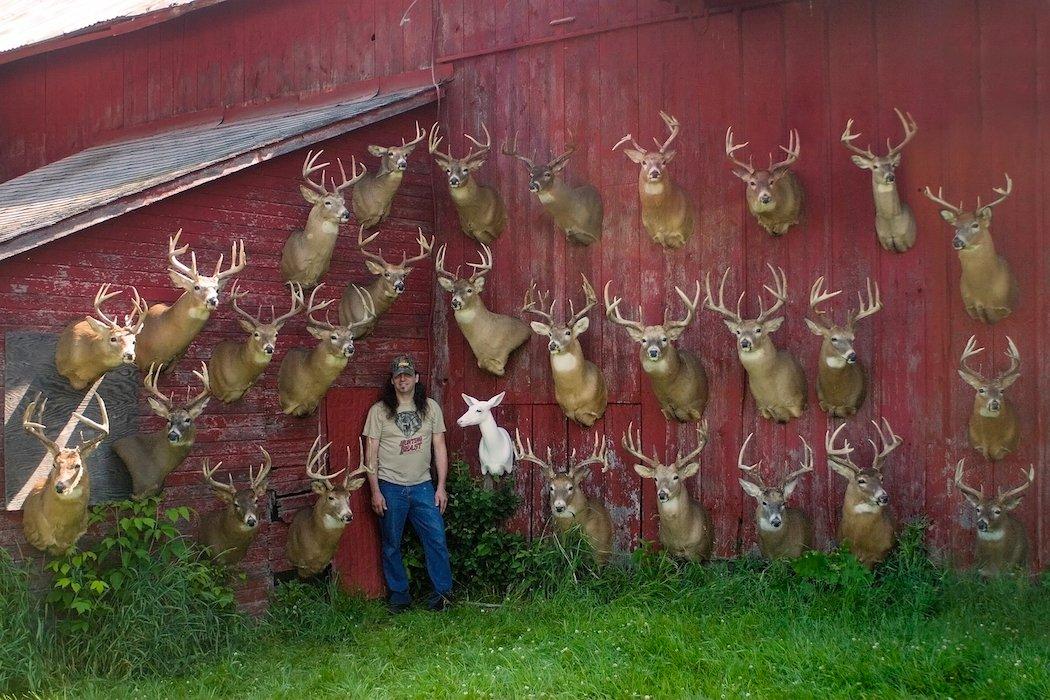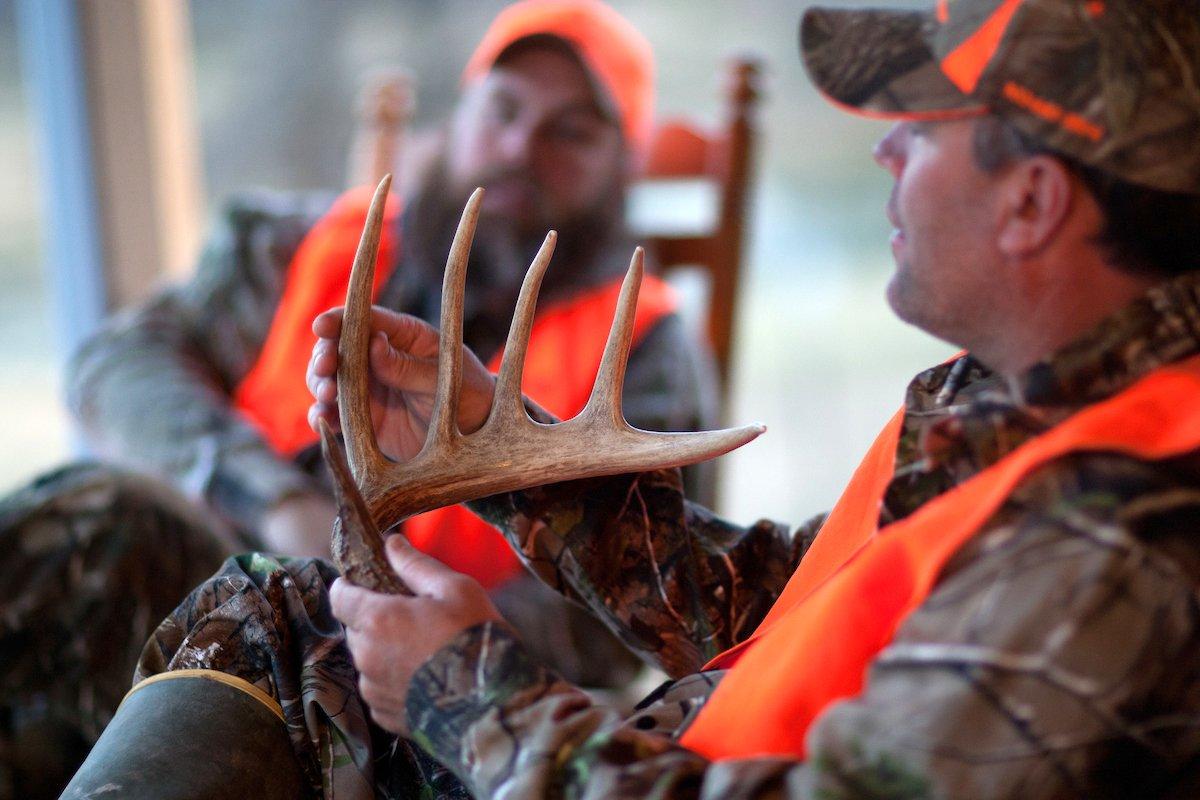Do You Hunt Public and Pressured Private Land?
I constantly have hunters tell me of a giant buck they have on the property they hunt, yet they can't kill it, or even see in daylight. But get a lot of trail camera pictures and see plenty of sign (rubs, big tracks, etc.). A lot of guys conclude that the buck is nocturnal, or just too old and wise to get killed by a smart hunter on purpose. But in reality, the hunter is probably stuck in a pattern of hunting a certain way that is stopping him/her from getting an opportunity.
Let's face it — most of us are not hunting the huge cushy managed farms most TV hunting celebrities are hunting. So why would we think those tactics would work on pressured public or the back 40? If pounding antlers together, tooting on grunt calls, bathing in deer urine, sitting in funnels, and sitting over the top of food plots really killed giant bucks as efficiently as often proclaimed, we would all have walls full of giant bucks. In the real world, doing the same thing everyone else does will result in the same success everyone else has.
I remember one buck in particular that gave me quite a challenge. I had seen him many times glassing during the summer, saw his big tracks and rubs all over the hunting area. I knew the area well and was sure it would be a piece of cake to kill him. I hunted all the known buck bedding areas and hunted areas where heavy amounts of his sign showed up, yet I never laid eyes on him. The sign kept showing up on food edges, and the area was not that big or dense. I was sure he was within a small chunk of public, so why couldn't I lay my eyes on him?
Don't Miss: How to Kill the Biggest Buck Where You Hunt
I had to change my way of thinking. There is no such thing as a fully nocturnal buck. I had to be hunting in the wrong spots. I started to look at it from a different point of view. Many hunters hunted this parcel, and this buck knew he was being hunted. So, if I were that buck and everyone was trying to kill me, where would I hide, and how would I survive if I had to hide in that woods? When you start searching for great hiding spots, rather than spots that look like they should have deer, your hunting will greatly improve.
I took a map of the property and broke it down into grid sections of about 10 acres each. Some bigger, some smaller based on openings and thickness. And I wanted to know everything that happened in that area when I hunt it. I crossed out areas that had no cover and picked sections small enough to know if he was there when I hunted. Cover, density and how far I could see determined the size of each section. Once the area was broken down into sections, I picked the best spot to hunt in each section, then started hunting them down based on where I thought he was hiding the most.
Don't Miss: How Mature Bucks Use the Wind
This was many years ago, and the first time I used this tactic, but certainly not the last. This buck taught me how important it is to look for the overlooked, and to hunt a property down. He is hiding there somewhere. You just have to find him, and you're certainly not going to do that rotating thru the same stand positions over and over like everyone else. The hunt for that buck was a stepping stone that started to open my eyes that the concept of picking a spot and waiting for a buck to come to you, was greatly flawed. I believe the majority of hunters that are struggling with killing mature bucks on a regular basis are making that mistake of waiting for the buck rather than seeking him out. They would likely do better tossing a dart at the map and hunting wherever it lands on a day-to-day basis rather than to keep hunting that same spot that likely every buck over 4 years old knows about.
Don't Miss: 5 Overlooked Public Land Deer Hunting Hotspots
I still use the grid system on some properties, but after a while, you start improving at hopping around and hunting down a property without actually grid sectioning a map. During the 2016 season, I heard rumors of a huge buck on a conservancy I drew an early November bowhunt on. On that property, I had two weeks to get it done and had multiple opportunities before finally shooting a nice 10-pointer. I simply hunted a different section each day. Other hunters on the same property complained of only seeing small bucks, but they hunted the same areas every time they hunted and tried to get the bucks to come to them.
Most hunters just hunt the sign or the food and go to the same areas over and over while the mature bucks are living in overlooked spots. Grid patterning forces you to hunt those spots you would otherwise overlook. If you take a 100-acre farm and break it into 10 sections, you can hunt that down in 10 hunts (five hunts with two people). No buck is completely nocturnal and if you force yourself to get into its daylight movement area, you should get your shot; or at least make a small adjustment and get your shot within a manageable time frame.
Don't Miss: 5 Times Mature Bucks Are More Apt to Move in Daylight
Are you a deer hunter wanting to learn how to accomplish your goals? Check out our stories, videos and hard-hitting how-to's on deer hunting.








